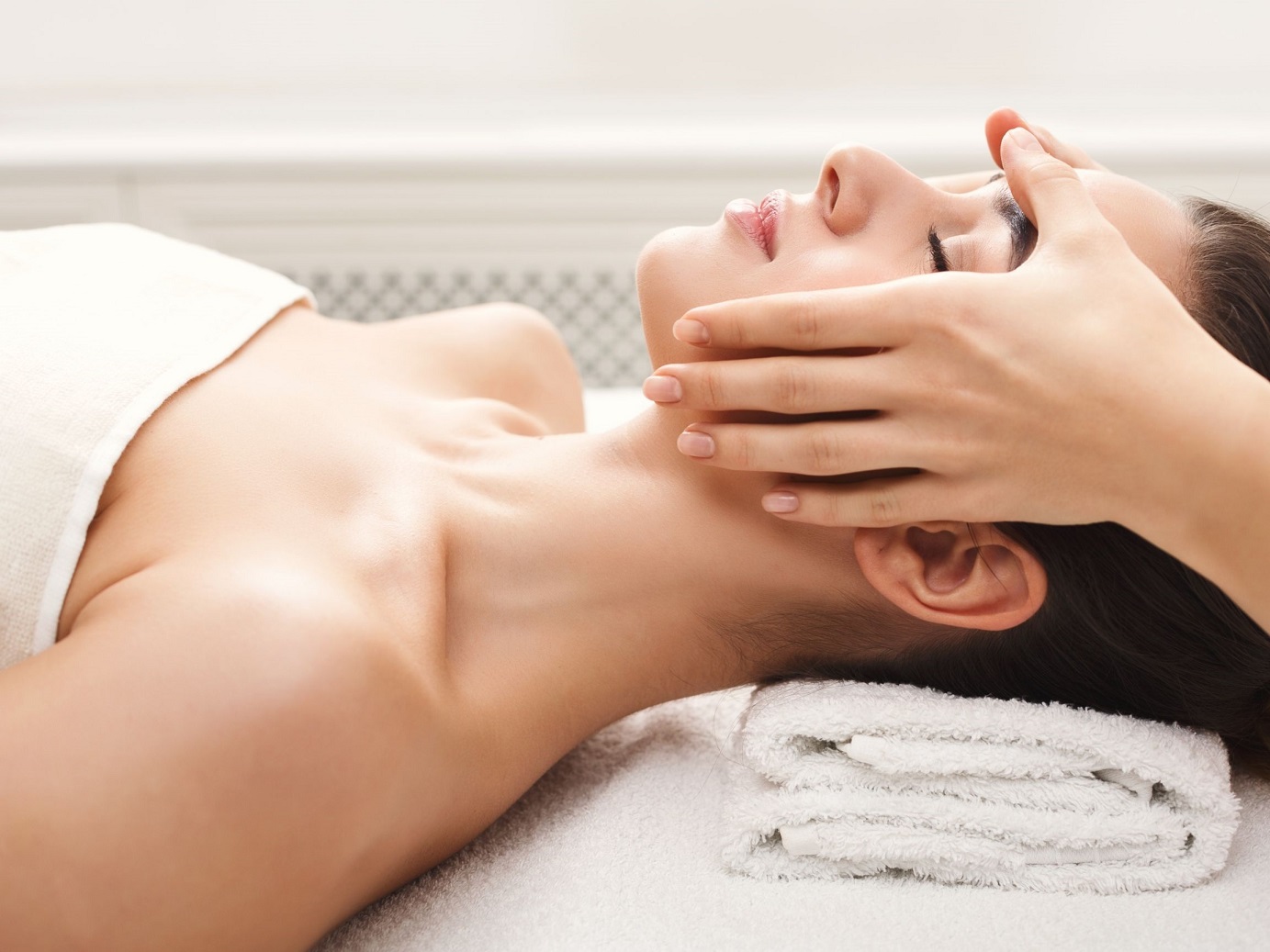
The Simple Ways to Fix Uneven Skin Tone
When so many factors play into the condition of your skin tone and how even it is (or isn’t), achieving the buttery smooth complexion of your dreams is just that—a distant dream. Something as small as a pimple or as complex as melasma equally contributes to the overall look of your skin, so when it comes to handling uneven skin tone, you have to address all the factors at hand.
Because this is no easy feat, I figured it would be a good time to address all the factors that make our complexions uneven. To start, there are two main categories that make a skin tone appear to be uneven: texture and color. For successful treatment, we need to smooth the texture, decrease the brown spots, and decrease the redness. And since the body can make excess pigment faster than we can remove it, we’ve also got to protect our skin to prevent it from returning so quickly. So just how do we go about doing all of those things? Keep scrolling to read all about it!
- Exfoliate Regularly
If the texture of your skin sounds like a weird thing to bring up when on the topic of skin tone, allow us to explain. If your texture isn’t smooth due to either large pores or fine lines, that texture will not only prevent your products from applying evenly but also can cause shadows and darkness. Skin tone is 75% about how the light hits it and what the light does when it hits it. Does it reflect back or does it get scattered? When the surface is smooth and the light reflects off, your skin tone appears more even because it gets brighter and the browns are not as obvious.
In other words, the first step to an even skin tone is to have smoother skin, whether that’s by removing dead skin cells, minimizing pores, or evening out fine lines, and the most effective way to do that is through proper exfoliation.
Chemical exfoliation is more consistently effective than physical, and using a gentle glycolic acid treatment as your chemical exfoliant to slough off dead cells that block the pores and encourage collagen production!
2. Get a Peel
Try glycolic acid in the form of a peel for an immediate glow but cautions that not all peels are a safe route for those with hyperactive pigmentation. The problem with many glycolic peels if they’re not gentle enough is they cause downtime, irritation, and redness. Facial peels have to be very gentle. Any facial peel that’s going to give you any downtime, flaking, or redness, is going to cause tantamount inflammation, and inflammation drives these overactive, hypersensitive pigment cells.
3. Vitamin C
I believe in the powers of glycolic acid but you can’t forget one key step: An easy method of achieving even skin is using topical wipes or washes containing glycolic acid or topical vitamins C and E, which minimize the production of melanin, the substance that causes skin darkening, and even out skin tone. One obvious downside to vitamin C serums is how quickly they can turn and oxidize and as a result, lose their effectiveness. Ascorbic acid is water-soluble and unable to penetrate deep within the pores, which are surrounded by oil. The fix? A lipid-based form of vitamin C called tetrahexyldecyl ascorbate that’s able to easily penetrate. It’s also stable, which means no funky colors or smells because this ester doesn’t breakdown like the acid does.
4. Lighten Brown Spots With Hydroquinone
Brown spots are caused by too much melanin pigment being made in the skin and trapped there. If you’re not exfoliating, you’ve got layer, over layer, over layer of dead skin cells and you’ve got extra brown in every layer. That adds up and gets more concentrated. So first, you want to exfoliate and get rid of all the extra dead cells that contain the extra brown pigment. You certainly don’t need to do anything further after exfoliating, but if you still notice excess pigment in some areas and want to fade them for a more even complexion, you’ll want to use a product that decreases the production of the extra pigment in the bottom layer of skin. Hydroquinone is a controversial ingredient but can be very effective at temporarily lightening freckles, brown spots, and melasma.
5. Make an Appointment for a Facial
You could try an IPL treatment at your dermatologist office, or get regular professional facials/peels to combat any skin concerns or issues you might be facing. With the expertise and instruments unavailable at home, a professional facial is a sure fire way to reversing damage while also maintaining rejuvenated skin on a regular basis, rather than a harsh, expensive series of treatments that will leave your skin irritated, red, and in pain.
6. Be Diligent With Your Sunscreen
I cannot stress the importance of proper sun protection to stop an uneven skin tone from getting worse or prevent unevenness from returning. At the end of the day, any sun protection is better than none, but if you are someone who has melasma, you might want to swap out your formula that relies on traditional chemical ingredients for a physical sunscreen, which is one that is formulated with minerals such as titanium dioxide or zinc oxide.
Here’s why: Melasma is the stimulation of the melanin, which is supersensitized usually by female hormone so that any injury causes darkening, the most common injury being ultraviolet light. The way that chemical sunscreen works are by absorbing bad light and turning it into heat. Well, the heat it turns it into can be construed by the skin as an injury and that can stimulate your pigment. On the other hand, a physical sunscreen doesn’t absorb any energy or make heat—it just reflects off that bad energy, which is exactly what you want.
Botanica Loves Your Skin & Wants You To As Well
No matter what skin concerns you have, albeit uneven skin tone, texture, hyperpigmentation, acne, redness, wrinkles…we have you covered. Our wide range of facials can help you achieve your dream skin while also helping you escape the madness of the world and your daily life, even if for an hour or two. Call Botanica today to book your facial appointment at 727-441-1711. We take care of our clients like family!
Love,
Gen



Leave a Reply